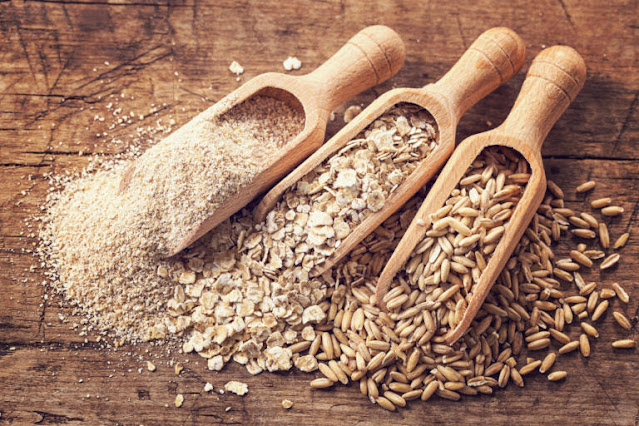Leaven, also known as yeast, is often used symbolically in the Bible to represent sin and corruption. In the Old Testament, the Israelites were commanded to remove all leaven from their homes during the Feast of Unleavened Bread, which commemorated the Israelites' hasty departure from Egypt and the lack of time to let their bread rise (Exodus 12:15-20, 13:3). This was a reminder of their past slavery and the need to be pure and holy before God.
In the New Testament, Jesus uses the imagery of leaven to warn about the corrupting influence of false teachings (Matthew 16:6, Luke 12:1). He also compares the Kingdom of God to a woman who hid leaven in three measures of flour until it was all leavened (Matthew 13:33, Luke 13:20-21). This parable illustrates the subtle and pervasive nature of the gospel, which spreads and transforms lives.
Another biblical reference of leaven is found in the first Corinthians 5:6-8, where Paul the apostle is cautioning the church of Corinth about their tolerance of a sinful member in the church. He says, "Your boasting is not good. Do you not know that a little leaven leavens the whole lump? Cleanse out the old leaven that you may be a new lump, as you really are unleavened. For Christ, our Passover lamb, has been sacrificed. Let us therefore celebrate the festival, not with the old leaven, the leaven of malice and evil, but with the unleavened bread of sincerity and truth."
In this passage, Paul uses the metaphor of leaven to illustrate the corrupting influence of sin. Just as a small amount of leaven can spread and affect the entire lump of dough, so too can sin spread and affect the entire community of believers.
Overall, Leaven in the bible is used as a symbol of sin and corruption, which is pervasive and subtle in its nature. It is a reminder to be pure, holy, and to resist the corrupting influence of false teachings, and to actively work towards removing sin from our lives, so that we may be a new lump, as we really are unleavened.

ConversionConversion EmoticonEmoticon